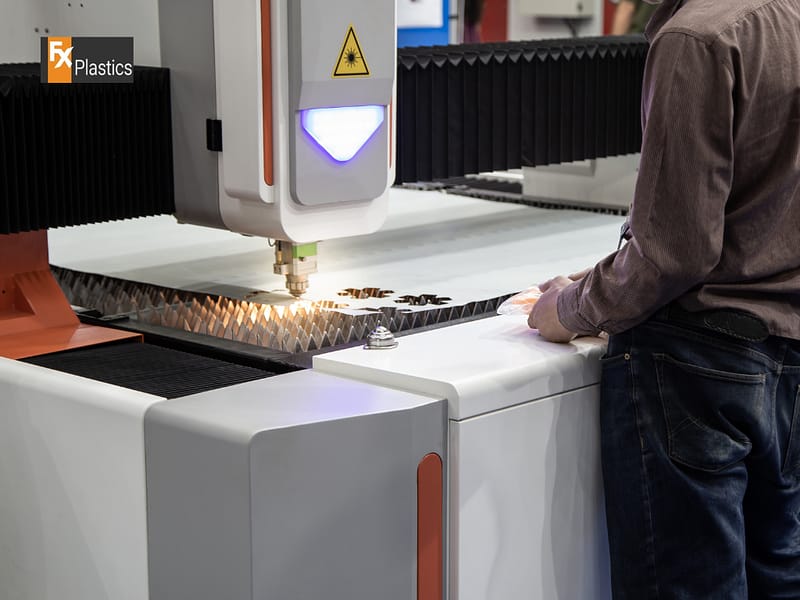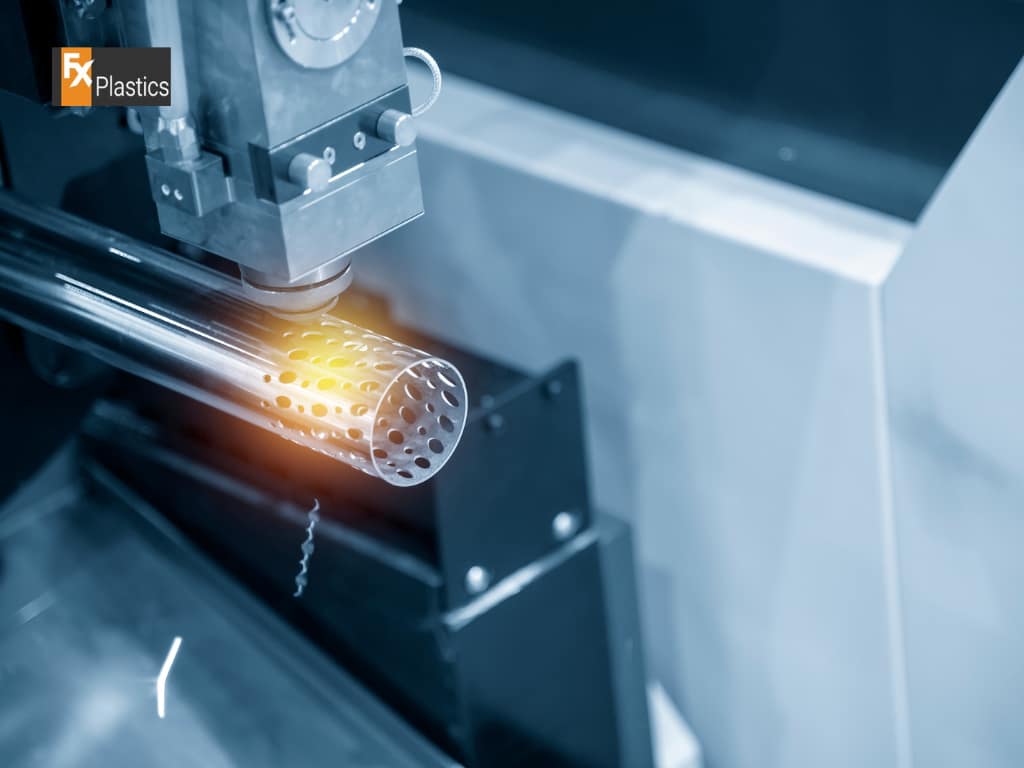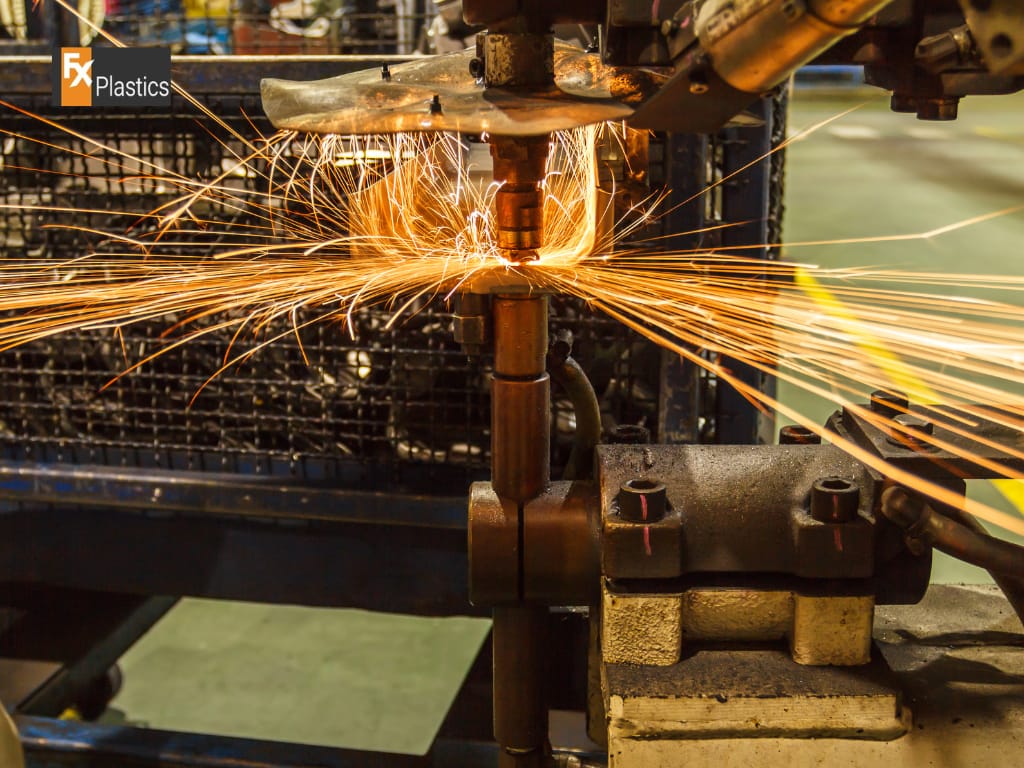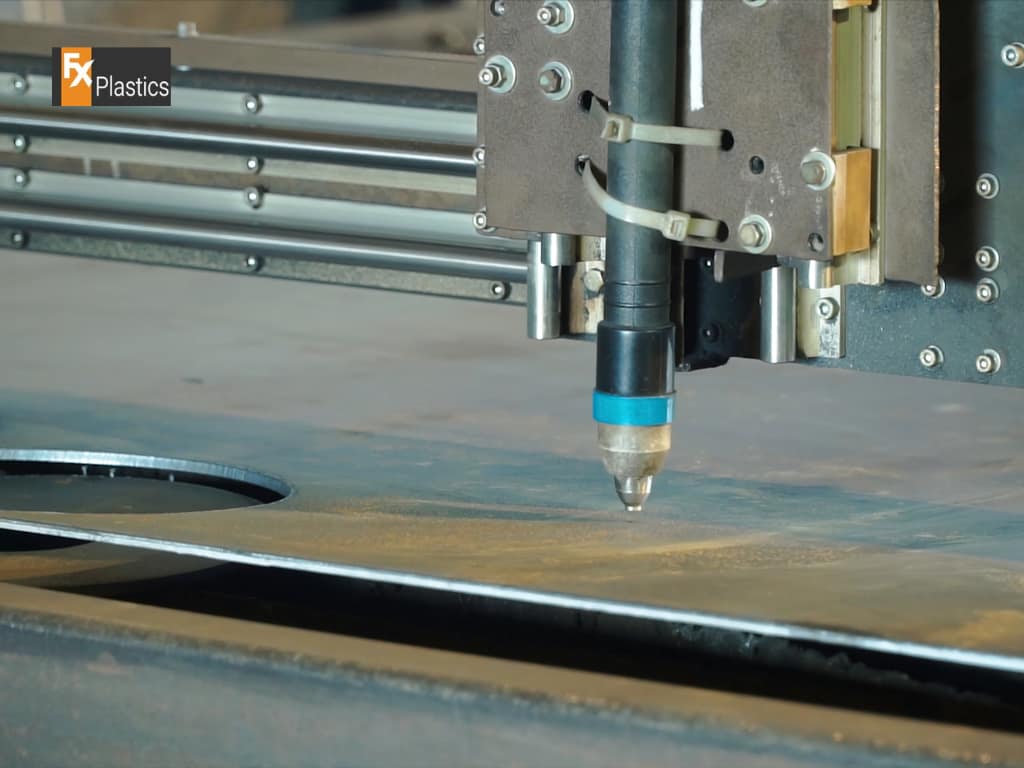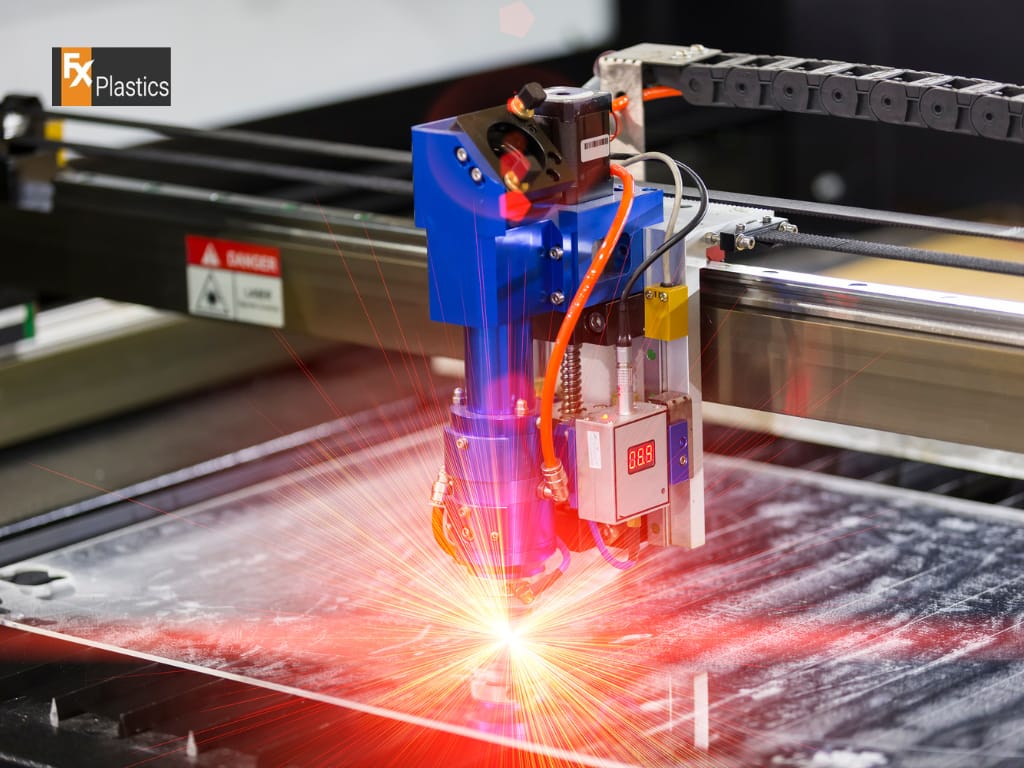In the realm of CNC laser cutting, the emphasis on material efficiency is more than a nod to cost management; it’s a crucial component of sustainable operations. The precision offered by laser cutting technology presents a unique opportunity to maximize material usage while minimizing waste, thus not only optimizing resource allocation but also contributing to environmental conservation.
Significance of Material Efficiency in CNC Laser Cutting
Maximizing material use and minimizing waste in laser cutting operations are critical for several reasons. Economically, it reduces material costs by ensuring that each sheet or piece of material yields the maximum number of parts. Environmentally, it decreases the amount of waste sent to landfills, aligning with sustainable manufacturing practices. Additionally, efficient material use often translates to more streamlined operations, saving time and energy in the production process.
Strategies for Optimizing Material Use
Efficient material use in CNC laser cutting is achievable through various strategies, prominently through nesting techniques and material selection.
Nesting Techniques for Minimizing Waste
Nesting involves strategically arranging patterns or parts to be cut from a single material sheet in a way that maximizes space usage. Software solutions for nesting analyze the shapes of parts and the dimensions of the material to suggest the most material-efficient layout. These advanced algorithms can significantly reduce waste by fitting more parts into less space, especially for complex or irregularly shaped parts. The right software can adapt to varying material sizes and shapes, further enhancing efficiency.
Material Selection for Efficiency
The choice of material plays a pivotal role in optimizing laser cutting processes. Selecting materials that are not just suitable for the end use but also conducive to efficient cutting can lead to significant waste reduction. Materials that cut cleanly and quickly under laser influence, such as certain grades of steel, acrylic, and wood, can reduce the amount of scrap produced. Additionally, using materials that come in standard sizes compatible with the design dimensions can also minimize offcuts and unused remnants.
Sustainable Practices in Laser Cutting
Sustainability in laser cutting extends beyond material efficiency to include recycling offcuts and choosing eco-friendly materials.
Recycling and Reusing Offcuts
Recycling or reusing material remnants from laser cutting projects is a practical approach to waste reduction. Offcuts can be repurposed for smaller projects, prototypes, or even artistic endeavors, ensuring that the least amount of material is wasted. In cases where recycling is possible, partnering with local recycling facilities can help turn scrap into usable raw materials, closing the loop on material use.
Eco-Friendly Material Options
The rise of eco-friendly materials suitable for CNC laser cutting marks a significant shift towards more sustainable manufacturing practices. Materials like bamboo veneer, recycled plastics, and sustainably sourced woods are becoming popular choices for environmentally conscious projects. These materials not only reduce the environmental impact of production but also appeal to a growing market of eco-aware consumers.
Waste Reduction Technologies and Innovations
Advancements in Laser Cutting Technology
The landscape of laser cutting technology is continually evolving, with new advancements aimed at enhancing precision while minimizing waste. Modern laser cutting machines incorporate features like variable beam controls, which adjust the laser’s intensity for different materials and thicknesses, reducing excess material burn and improving part yield from each sheet. Additionally, faster cutting speeds and more precise laser heads allow for tighter nesting of parts, further reducing waste. The integration of these technologies into new laser cutting machines represents a significant leap forward in sustainable manufacturing.
Software Improvements for Material Efficiency
Software plays a pivotal role in optimizing the material efficiency of laser cutting operations. Recent improvements in CAD (Computer-Aided Design) and CAM (Computer-Aided Manufacturing) software include more sophisticated nesting algorithms that can automatically arrange parts on a sheet in the most material-efficient manner possible. These software solutions now consider factors such as material grain direction and cutting kerf width to further reduce waste. Additionally, real-time simulation tools allow operators to preview the cutting path and make adjustments before the cutting process begins, ensuring optimal material use and reducing the likelihood of errors that lead to waste.
Economic Benefits of Material Efficiency
Cost Savings Through Reduced Waste
Efficient material use in CNC laser cutting operations directly translates to cost savings for businesses. By maximizing the number of parts produced from each sheet of material, companies can significantly reduce the amount of raw materials purchased over time. Moreover, minimizing waste also reduces disposal costs, which can be substantial, especially in regions with high waste disposal fees. Together, these savings contribute to lower overall production costs, making businesses more competitive and profitable.
Investment in Efficiency Technologies
Investing in the latest laser cutting technologies and software improvements is often associated with high initial costs. However, the return on investment (ROI) can be substantial. Businesses that adopt these technologies benefit from reduced material costs, lower operational expenses due to increased efficiency, and the ability to take on more complex, higher-value projects thanks to the precision and capabilities of advanced laser cutting systems. The ROI becomes evident not just in direct financial savings but also in improved market positioning and the ability to meet the growing demand for sustainable manufacturing practices.
Best Practices for CNC Laser Cutting Operations
Routine Machine Maintenance for Consistent Performance
Maintaining laser cutting equipment is crucial for ensuring optimal efficiency and precision in operations. Regular maintenance routines help prevent machine downtime, extend the equipment’s lifespan, and maintain the quality of cuts. Key maintenance practices include cleaning the laser path to remove any debris that could interfere with laser clarity, checking and aligning laser mirrors for optimal beam path, inspecting and replacing worn lenses or nozzles, and ensuring all moving parts are lubricated and operate smoothly. Scheduled maintenance not only keeps the machine in top condition but also identifies potential issues before they lead to significant problems or downtime.
Employee Training and Awareness
The proficiency of operators and designers in using CNC laser cutting technology significantly impacts material efficiency and waste reduction. Comprehensive training programs should cover the operational aspects of laser cutting machines, focusing on optimizing settings for various materials and understanding the software’s full capabilities, including nesting and simulation tools. Additionally, fostering an awareness of sustainable practices among employees encourages a culture of efficiency and responsibility. Regular updates and continued education on new techniques and software improvements can further enhance team capabilities and operational outcomes.
Conclusion
Improving material efficiency in CNC laser cutting operations holds profound implications for both environmental sustainability and business profitability. By implementing strategies that maximize material use and minimize waste, businesses not only reduce their environmental footprint but also achieve significant cost savings. These savings stem from reduced material costs, decreased waste disposal expenses, and improved machine efficiency, leading to higher profitability. Furthermore, adopting sustainable practices and technologies positions businesses as responsible manufacturers, enhancing their brand reputation and appealing to an increasingly eco-conscious market.

